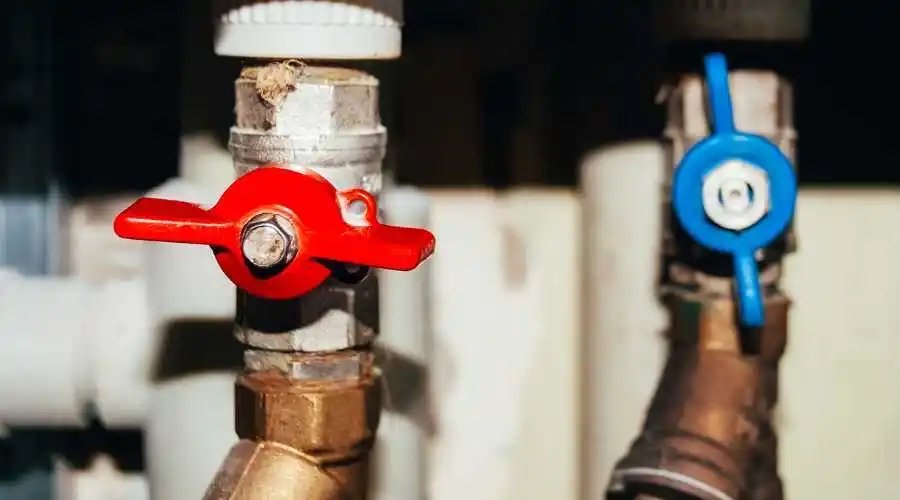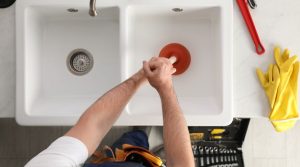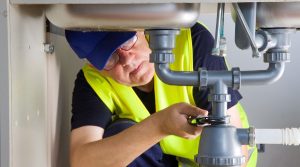Imagine your home as a time traveler, taking you back to the days of disco balls and bell-bottoms. Many houses in Passaic area, maybe just like yours, were built around the late ’70s or early ’80s, and while they may have a nostalgic charm, their plumbing systems often scream for an upgrade. Outdated materials like galvanized steel or iron pipes were commonly used back then, and even if your home boasts copper pipes, the simple truth is that old pipes can lead to plumbing nightmares. So, you might be wondering, “What’s the real cost of repiping my house in Passaic, NJ?” Let’s dive into the details.
Factors Affecting the Cost of Repiping
The cost of repiping your house is not a one-size-fits-all scenario. Various factors come into play, influencing the final bill. Here are the main determinants:
1. Size of Your Home
The size of your home matters. Larger homes naturally have more plumbing to replace, making the cost higher. Some plumbing companies express these prices as the “cost of plumbing per square foot.”
2. Choice of Piping Material
Your choice of piping material significantly impacts the cost. While plastics like PEX or CPVC are generally cheaper upfront than copper, you must consider their lifespan and durability.
3. Repiping Method
The method used to replace water pipes varies. Traditional methods involve manually removing and replacing pipes, which can be slow and costly. However, trenchless technologies can streamline the process and reduce overall costs.
4. Extent of Replacement
Some companies might offer lower rates if they only replace visible piping, leaving concealed pipes in place. This approach is feasible for some situations but not advisable for homes with lead pipes, as lead is toxic and must be replaced promptly.
While you might wonder, “Does replacing galvanized pipes cost more than other pipes?” Generally, the cost of replacing galvanized pipes is similar to other types. The difference lies in the approach: some companies replace only visible piping to cut costs. However, replacing the entire system at once is often the best choice. Old pipes are more prone to leaks and issues that can escalate costs in the long run.
The Common Piping Materials
When it comes to repiping homes, three materials are commonly used: copper, cross-linked polyethylene pipe (PEX), and Chlorinated Polyvinylchloride (CPVC). Each has its pros and cons.
Copper Pipe
Cost:
Copper pipes tend to be on the expensive side, costing several times more per linear foot than PEX or CPVC. The price generally range from $2 to $4 per foot or even higher, excluding installation costs.
Pros:
- Durable and long-lasting.
- Suitable for both indoor and outdoor use.
- Easy to measure due to rigidity.
Cons:
- Expensive.
- Prone to bursting in freezing weather.
PEX Pipe
Cost:
PEX pipes are much more affordable,generally ranging from $0.50 to $2 per foot. The overall cost of plumbing a house with PEX is lower, typically between a few thousand dollars and $15,000 for extensive work.
Pros:
- Flexible and durable for indoor use.
- Cost-effective compared to copper.
- Quick and easy to install.
Cons:
- Unsuitable for outdoor use or exposure to UV light (which damages PEX).
- Pipe constriction or expansion can affect measurements.
- Prone to damage from rodents.
CPVC Pipe
Cost:
CPVC pipes are the most budget-friendly option, averaging around $1 per foot. The cost of repiping a house with CPVC is generally in the lower range, unless the project is exceptionally large or complex.
Pros:
- Inexpensive.
- Easy to install.
- Highly resistant to corrosion.
Cons:
- Inconsistent manufacturing quality.
- Prone to bursting.
So, What’s the Bottom Line?
The average cost to repipe an old house can vary significantly. Depending on the extent of the work and the materials chosen, the cost can range from a few thousand dollars to tens of thousands of dollars. There’s also the option of relining existing pipes instead of replacing them entirely. Trenchless technology offers a less labor-intensive and cost-effective approach to extend the life of hard-to-reach water pipes.
Ultimately, investing in repiping your home is not just about cost; it’s about the longevity and functionality of your plumbing system. Neglecting old and problematic pipes can lead to costly repairs and damage to your home.
At CBJ Plumbers, we’re here to guide you through the process and provide expert advice. Reach out to our team today to learn more about repiping options and secure the future of your home’s plumbing system.
Ensure the reliability of your home’s plumbing. Contact CBJ Plumbers today!





